Product Lifecycles, Brand Segmentation and Consumer Behaviour
Product Lifecycles, Brand Segmentation, Consumer Behaviour
 Brand positioning is defined as the conceptual place you want to own in the target consumers mind - the benefits you want them to think of when they think of your brand. An effective brand positioning strategy will maximise customer relevancy and competitive distinctiveness in maximising a brand value.
Brand positioning is defined as the conceptual place you want to own in the target consumers mind - the benefits you want them to think of when they think of your brand. An effective brand positioning strategy will maximise customer relevancy and competitive distinctiveness in maximising a brand value.
What is consumer behaviour?
The study of the processes involved in individuals or groups select, purchase, use or dispose of products, services ideas or experiences to satisfy needs and desire.(Solomon Et Al 2011)
Hierarchy of needs
- Self-actualisation needs
The desire for self-fulfilment in achieving whatever someone can
- Esteem and Status
Striving to achieve a high standing in relation to other people
- Social needs
- Safety needs
Protection from the unpredictable happening in life
- Physiological needs
The fundamentals of survival
Diverse and changing marketings
- Most fashion marketers try to attract several market segments at once
- example. Gap sells to men, women, and children
- Consumer buying habits don't remain the same
- Changes in economic or social conditions can affect the consumers choices
Segmenting a market
- Market segmentation is a way of analysing a market by categorising their specific needs and characteristics
- Specific characteristics
- Demographics
Are statistics that describe a population in terms of personal, characteristics such as age, gender, income, ethic background, education, religion and lifestyle
- Psychographics
Are studies of consumers based on social and psychological, characteristics such as attitudes, interests and opinions
- Geo-graphics
Are statistics about where people live
- Behaviouristic/Usage
Are statistics about consumers based on their knowledge, attitudes, use, or response to a product
- Situation
- Geo-demographic
- Online and off-line (in store)
- Purchase occasion: identifies the instance when a consumer might use a product
- Product benefits: identifies the benefits that consumers desire in a fashion product or service
- Usage level and commitment: identifies how often they use a product and their loyalty to purchasing it
- Geo-demographic: hybrid segmentation; you are where you live
Targeting
The next step is targeting in which marketers evaluate each potential segment and decide upon which group of consumers they will invest marketing resoueces
- Selected groups are known as target markets
- How is technology marketing easier for fashion firms to target potential consumers?
Brand positioning statement
 Brand positioning is defined as the conceptual place you want to own in the target consumers mind - the benefits you want them to think of when they think of your brand. An effective brand positioning strategy will maximise customer relevancy and competitive distinctiveness in maximising a brand value.
Brand positioning is defined as the conceptual place you want to own in the target consumers mind - the benefits you want them to think of when they think of your brand. An effective brand positioning strategy will maximise customer relevancy and competitive distinctiveness in maximising a brand value.
When doing research to inform a brand positioning project, you must be able to answer the following question:
1. What does the brand community currently believe about or value in the brand?
2. What might the brand community believe or value about the brand in the future?
3. What does the organisation currently claim about the brand?
4. What would the organisation like the brand to become down the road?
What is market mapping, some examples:
- Low price
- High price
- Low quality
- High quality
- Low volume
- High volume
- Luxury
- Necessity
- Light
- Heavy
- Low-tech
- High-tech
- Unhealthy
- Healthy
- Simple
- Complex
The fashion lifecycle
Fashion cycle: The ongoing introduction, rise, peak, decline, and obsolesce in popularity of specific styles and shapes
Stage 1.
- The first stage of the cycle is when new styles, colours, textures and fabrics are introduced.
- The new style may be accepted by a small number of people called fashion leaders
- Promotional activities include fashion shows, and advertising in high fashion magazines
- Fashion are produced in small quantities at high price
- Retail buyers purchase limited numbers to see if the style will be accepted
Stage 2.
- The second stage of the fashion cycle is when a consumer interest grows and the fashion comes more readily accepted by customers
- Mass production brings down the price of the fashion, which results in more sales
- Styles manufactured in less expensive materials in lower quality construction than the original style
- Promotional efforts are increased in high fashion magazines to heighten consumer awareness
- Retail buyers orders items in quality
Stage 3.
- The third stage of the cycle during which a style is at its height of popularity
- The fashion is demanded by almost everyone because it is now within the price range of most consumers and is mass produced in many variations
- Each retailer tries to persuade customers that its version of the style is the best
Stage 4.
- The fourth stage of the cycle when the market is saturated and popularity decreases
- The fashion is overused and becomes dull and boring
- As the fashion decreases in popularity, retailers mark down their price
- Promotions centre around major clearance or closeout sales of the fashion
Stage 5.
- The fifth stage is when the style is rejected, is undesirable at any price, is no longer worn and is no longer produced
- Ends as an accepted fashion



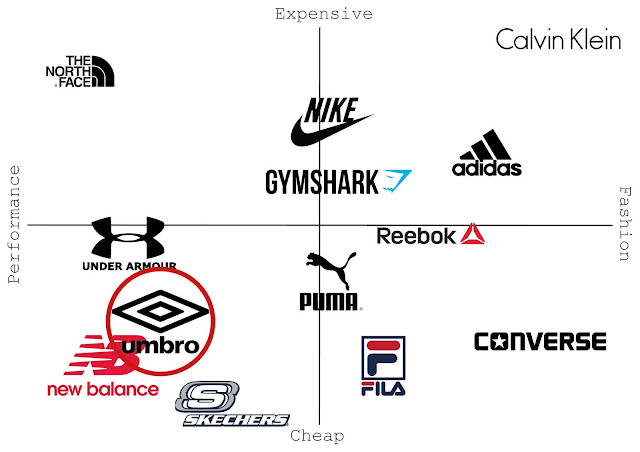
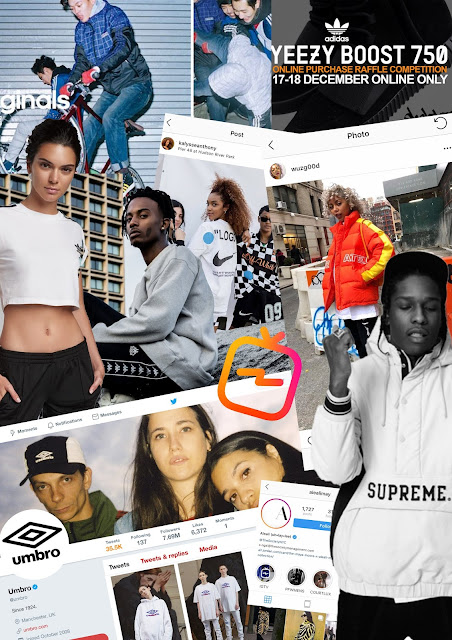
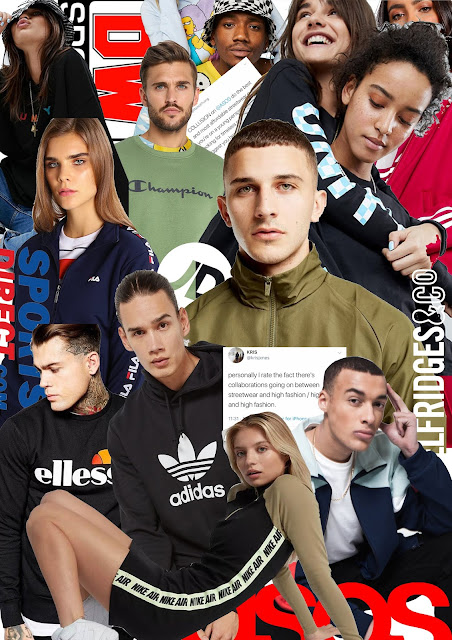

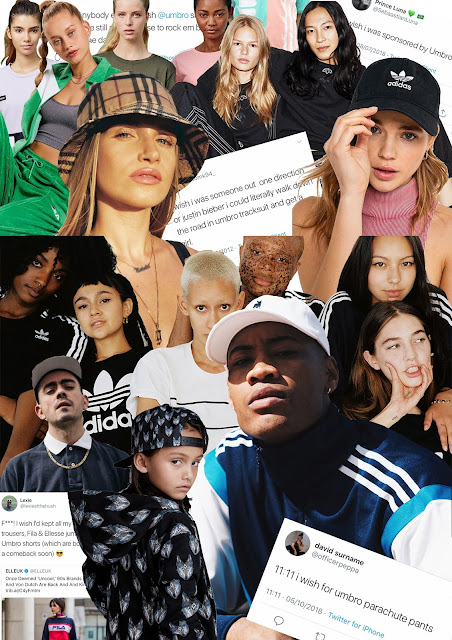
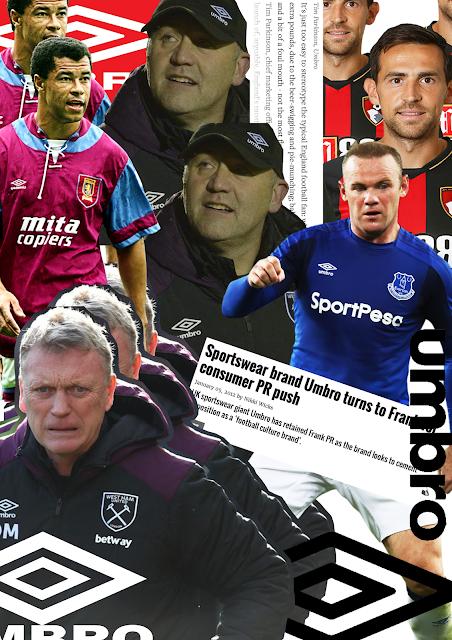
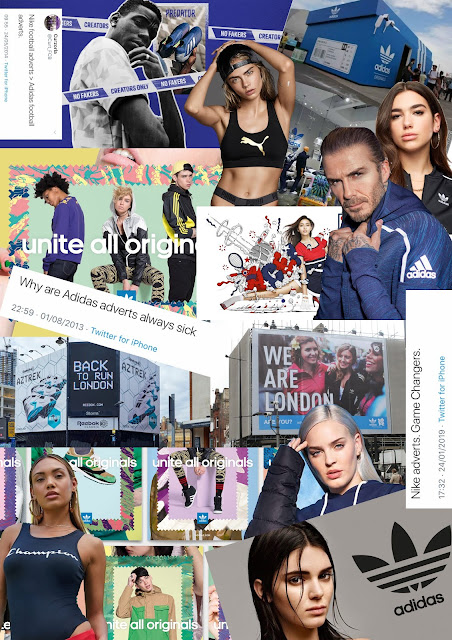


Comments
Post a Comment